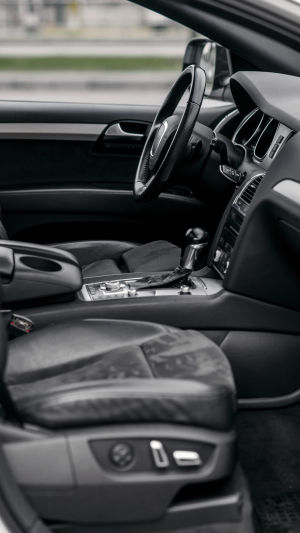In the rapidly evolving landscape of modern life, automobiles have seamlessly integrated into our daily routines.
As the duration of usage extends, concerns surrounding car maintenance come to the forefront. When maintaining a car, should priority be given to time or mileage?
The primary objective of car maintenance is to preserve the vehicle's optimal condition, involving tasks like oil changes, air filter cleansing, and brake system inspections.
The frequency and specifics of these maintenance tasks hinge on the duration of the vehicle's use and the distance it has covered.
Car maintenance is determined through two dimensions: mileage and time. Generally, the maintenance cycle for cars is set at 5000 kilometers or every six months, whichever comes first.
Nevertheless, certain components may have varying maintenance intervals, such as the air conditioning filter and fuel filter. The replacement schedule for these parts may vary based on the vehicle's usage.
For most vehicle owners, mileage serves as a straightforward and easily discernible criterion. Typically, the more kilometers a vehicle covers, the more wear and tear it undergoes.
Therefore, maintaining a car based on mileage stands as a practical approach. For example, changing the oil every 5000 kilometers or inspecting the brake system every 10,000 kilometers.
However, relying on time for car maintenance is equally crucial. While mileage accurately reflects a vehicle's usage, neglecting the time factor may pose safety risks.
Even if a vehicle covers a minimal distance, prolonged periods without maintenance can lead to premature wear of certain components. Over time, certain fluids like oil and brake fluid may degrade or deplete. Hence, adhering to a maintenance schedule based on time is also essential.
Car maintenance goes beyond tasks like oil changes and brake inspections; it involves checking and repairing the engine, transmission, chassis, brake system, air conditioning, and fuel system.
The timing and mileage requirements for these maintenance tasks can vary depending on the vehicle model and usage.
When faced with the choice between time and mileage as criteria, there is no fixed answer. Different vehicles and usage scenarios require different maintenance tasks and frequencies.
Nevertheless, consulting the vehicle's user manual or maintenance guide can determine the recommended schedule and tasks. These manuals typically provide detailed maintenance plans and guidance, including suggestions based on time and mileage.
Adjustments to the maintenance schedule can also be made based on the actual condition of the vehicle.
For instance, if a vehicle frequently operates in harsh conditions like muddy or dusty roads or high-temperature and high-humidity environments, it might be necessary to shorten the maintenance intervals for safety reasons.
Conversely, if a vehicle predominantly travels in favorable conditions, such as city roads or highways, the maintenance intervals can be extended.
Both time and mileage are not isolated factors in deciding car maintenance; they need to be considered comprehensively.
Additionally, maintenance planning and adjustments should be based on the actual condition of the vehicle and the recommendations outlined in the user manual. Only then can the vehicle consistently maintain optimal condition, providing a safe and comfortable guarantee for daily travel.





